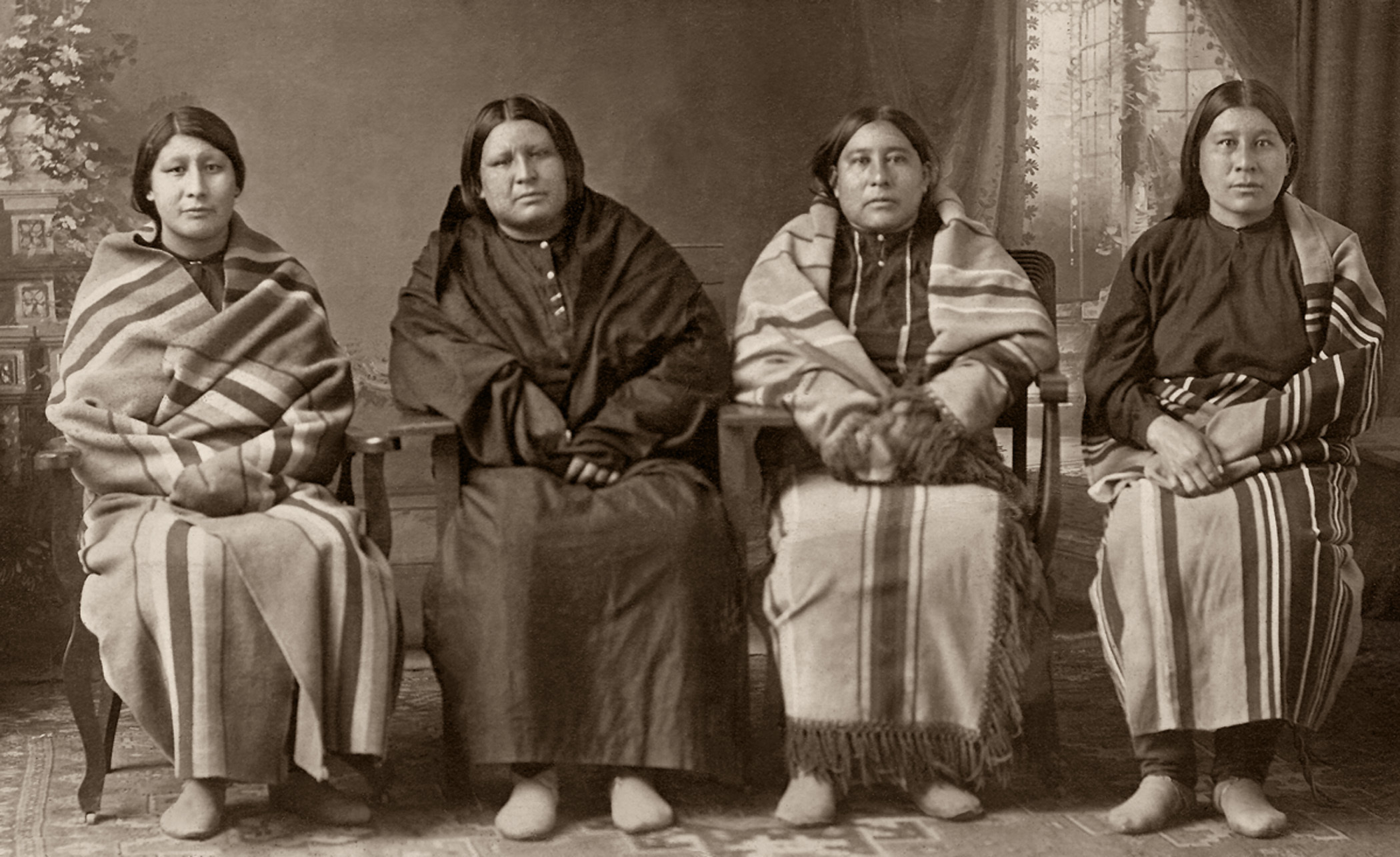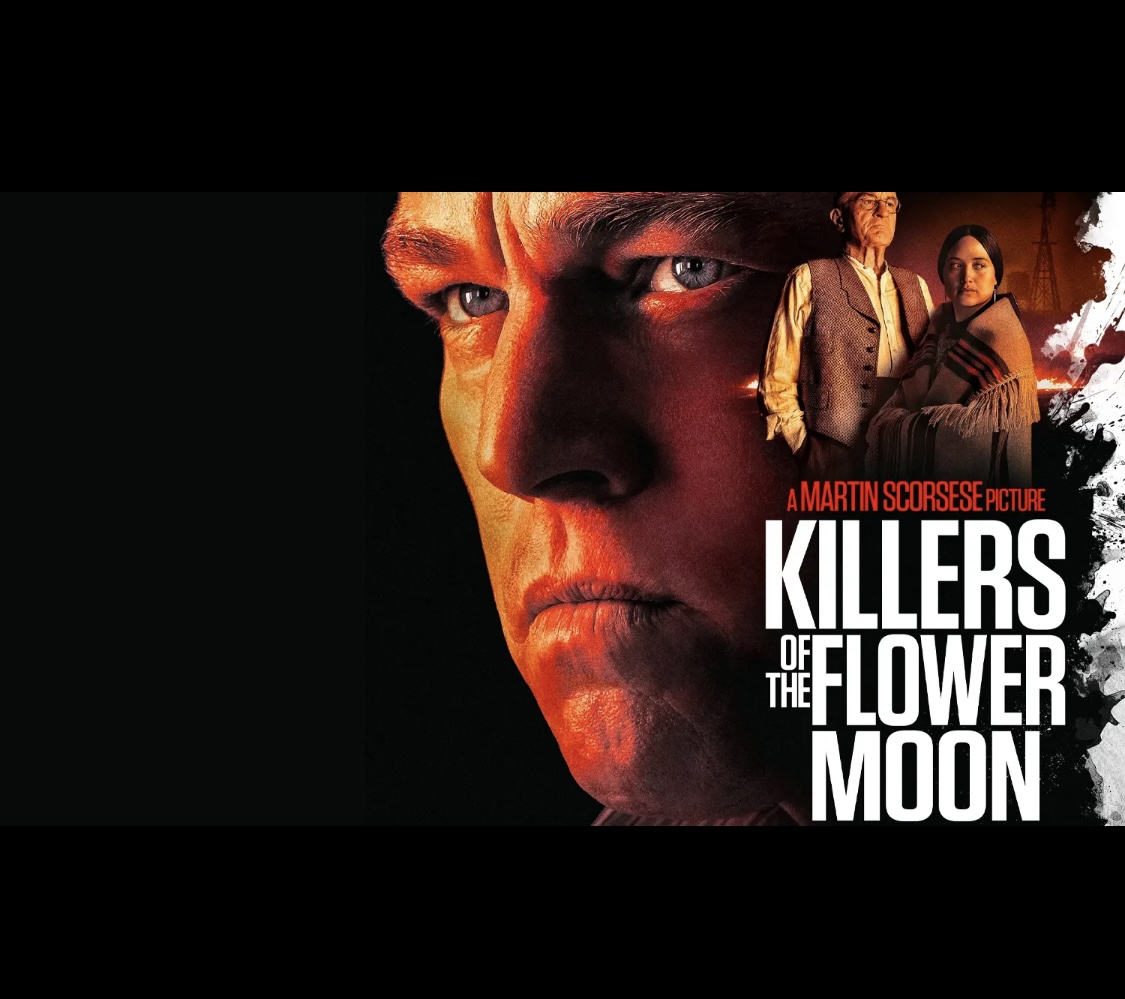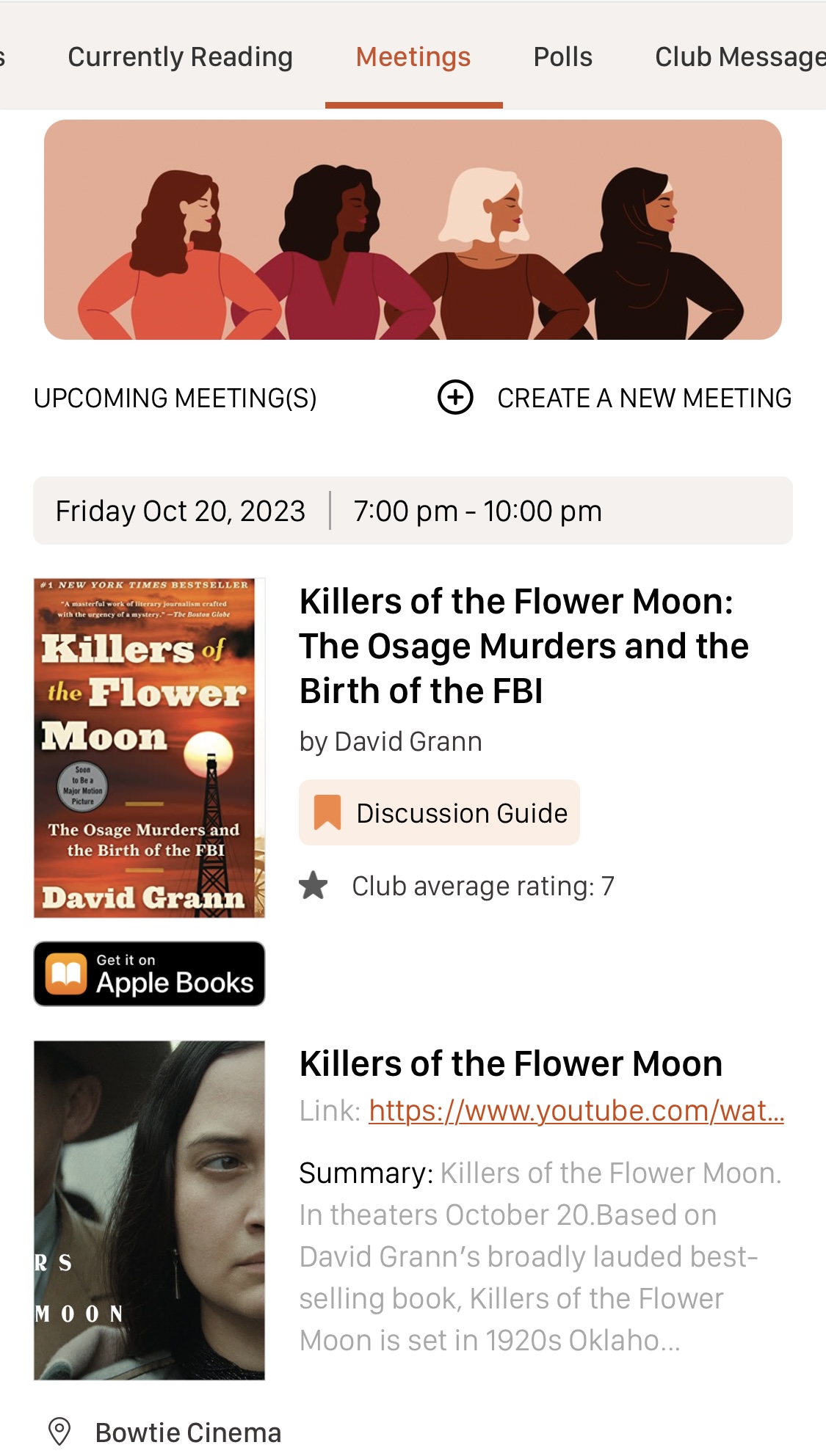"Your money draws ’em and you’re absolutely helpless. They have all the law and all the machinery on their side. Tell everybody, when you write your story, that they’re scalping our souls out here.” – Killers of the Flower Moon
History meets mystery in David Grann's gripping narrative, Killers of the Flower Moon: The Osage Murders and the Birth of the FBI, which takes readers on a tragic journey through a dark chapter in American history. The highly anticipated film adaptation of this compelling tale is scheduled to be released in theaters in the U.S. on October 20, 2023. Grann's meticulously researched book and Scorsese's evocative film converge to create a compelling narrative that transcends the boundaries of time, inviting audiences to reflect on the past and consider its implications for the present.
Unraveling the Osage Murders
Grann's book delves into the sinister murders that plagued the Osage Nation in Oklahoma during the 1920s. What initially appeared as a series of isolated killings soon revealed a calculated conspiracy to exploit the wealth of the Osage people. As members of the Osage Nation were systematically murdered for their oil fortunes, a web of corruption and deceit began to surface.
The family of an Osage woman, Mollie Burkhart, became a prime target. One of her relatives was shot. Another was poisoned. And it was just the beginning, as more and more Osage were dying under mysterious circumstances, and many of those who dared to investigate the killings were themselves murdered.

Pictured: Mollie Burkhart with family
The Birth of the FBI
As the death toll rose, the newly created FBI took up the case, and the young director, J. Edgar Hoover, turned to a former Texas Ranger named Tom White to try to unravel the mystery. White put together an undercover team, including a Native American agent who infiltrated the region, and together with the Osage began to expose one of the most chilling conspiracies in American history. Amidst the chaos, the fledgling Federal Bureau of Investigation found itself thrust into the spotlight. J. Edgar Hoover, the agency's first director, recognized the opportunity to showcase the FBI's investigative prowess and bring justice to the victims. The Osage murder investigation marked a crucial turning point in the FBI's history, shaping its identity as a formidable law enforcement agency.
Visualizing History
The transition from book to movie is always a precarious journey, with the challenge of maintaining historical accuracy while engaging the audience. Scorsese, known for his meticulous attention to detail, succeeds in recreating the atmosphere of 1920s Oklahoma. The cinematography captures the stark beauty of the Osage Nation and the ominous shadows that lurk within.
Reflecting on the Legacy
As audiences engage with both the book and the movie, they are confronted not only with a chilling true crime story but also with the broader implications of systemic injustice. Killers of the Flower Moon serves as a stark reminder of the exploitation and violence that marginalized communities have faced throughout history.
This month, consider a book club outing to see the film adaptation of the book and compare the two! You can use the free Bookclubs app to schedule a poll so your members can vote on when and where to go see the movie. Check out a list of public book clubs who have recently read or are currently reading Killers of the Flower Moon.

Recommended Reading
If you enjoyed reading Killers of the Flower Moon, you might be interested in exploring other books that share similar themes, investigative journalism, or historical true crime narratives. Here's a list of recommended books that you might find intriguing:
Books by David Grann
The Wager: A Tale of Shipwreck, Mutiny and Murder by David Grann is a grand tale of human behavior at the extremes; a page-turning story of shipwreck, survival, and savagery, culminating in a court martial that reveals a shocking truth of the hidden world on a British warship. See Book Club Discussion Guide.
The Lost City of Z: A Tale of Deadly Obsession in the Amazon by David Grann is a masterpiece of narrative nonfiction that unravels the greatest exploration mystery of the twentieth century--the story of the legendary British explorer who ventured into the Amazon jungle in search of a fabled civilization and never returned.
The Devil and Sherlock Holmes: Tales of Murder, Madness, and Obsession by David Grann is a "horrifying, hilarious, and outlandish" collection of gripping true crime mysteries about people whose obsessions propel them into unfathomable and often deadly circumstances.
Books about Native American History
Bury My Heart at Wounded Knee by Dee Brown is an essential classic that provides a poignant account of the history of Native Americans in the American West in the late nineteenth century.
An Indigenous Peoples' History of the United States by Roxanne Dunbar-Ortiz offers a critical perspective on U.S. history, providing insight into the impact of colonization on Native American communities.
The Deaths of Sybil Bolton: Oil, Greed, and Murder on the Osage Reservation by Dennis McAuliffe is part murder mystery, part family memoir, and part spiritual journey. McAuliffe peels away layers of suppressed history when he learns his grandmother was a victim of the "Osage Reign of Terror," a systematic killing spree in the 1920s when white men descended upon the oil-rich Osage reservation to court, marry, and murder Native women to gain control of their money.
Wandering Stars by Tommy Orange traces the legacies of the Sand Creek Massacre of 1864 and the Carlisle Indian Industrial School through to the shattering aftermath of Orvil Red Feather’s shooting in There There.
Books about true crime and investigative journalism
In Cold Blood by Truman Capote: A classic in the true crime genre, Capote's work tells the story of the brutal murder of the Clutter family in Holcomb, Kansas. See Book club discussion guide.
The Fact of a Body: A Murder and a Memoir by Alexandria Marzano-Lesnevich. A book not only about how the story of one crime was constructed -- but about how we grapple with our own personal histories. Along the way it tackles questions about the nature of forgiveness, and if a single narrative can ever really contain something as definitive as the truth.
The Devil in the White City by Erik Larson: This book intertwines the true tales of the 1893 World's Fair in Chicago and the cunning serial killer who used the fair to lure his victims. See Book Club Discussion Guide.
The Immortal Life of Henrietta Lacks by Rebecca Skloot: While not a true crime book, it explores a compelling story of science, ethics, and the impact of the Henrietta Lacks case on medical research.
Say Nothing: A True Story of Murder and Memory in Northern Ireland by Patrick Radden Keefe conjures a world of passion, betrayal, vengeance, and anguish from radical and impetuous I.R.A. terrorists to the spy games and dirty schemes of the British Army.
RELATED CONTENT:
For more reading inspiration, learn How to Book Club Blog Series and check out our Book Club Reading Lists below:
- 5 Must- Reads for Native American Heritage Month
- The Barbie Book Club Reading List
- A Literary Guide to the 2023 Oscars
- 16 Must-Read Books to Celebrate Latinx and Hispanic Heritage Month
- 10 Books You Should Read Now That Succession is Over
- The 8 Best Book Club Ideas
If you enjoyed this feature, subscribe to our blog and create a Bookclubs account to access more reading, discussion guides, and club inspiration! Already have an account? Rate and review books that you've read, and recommend your favorites to a friend.


